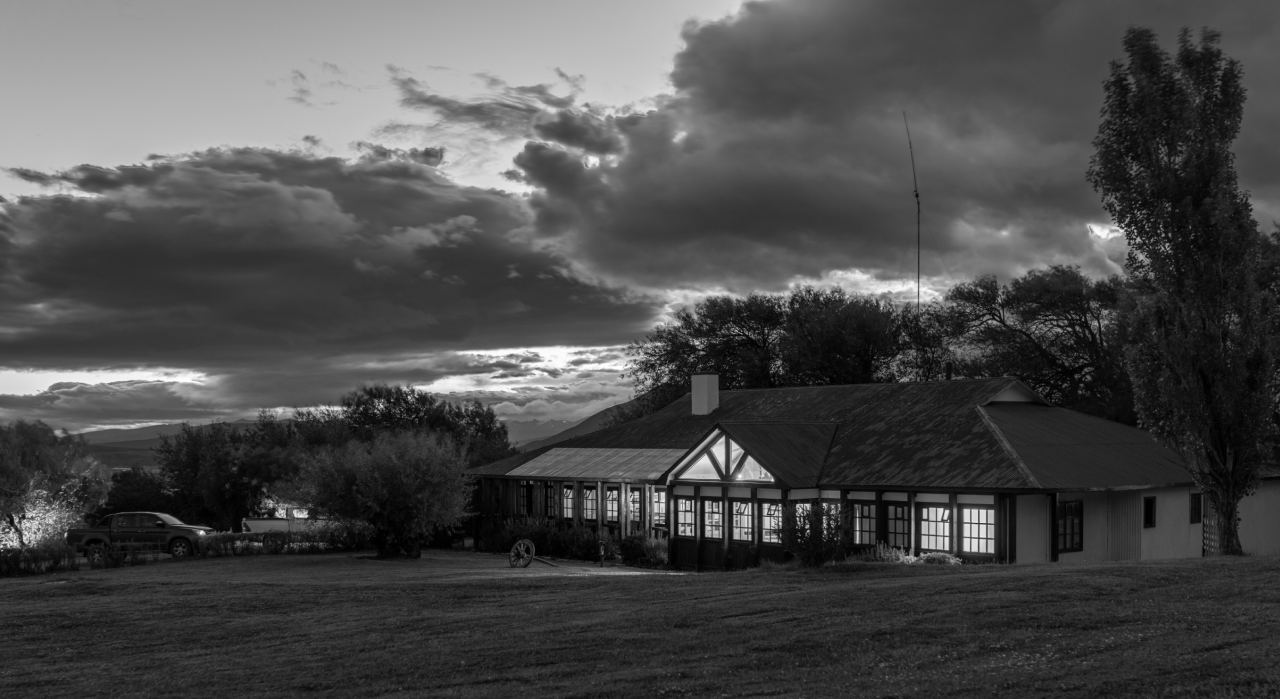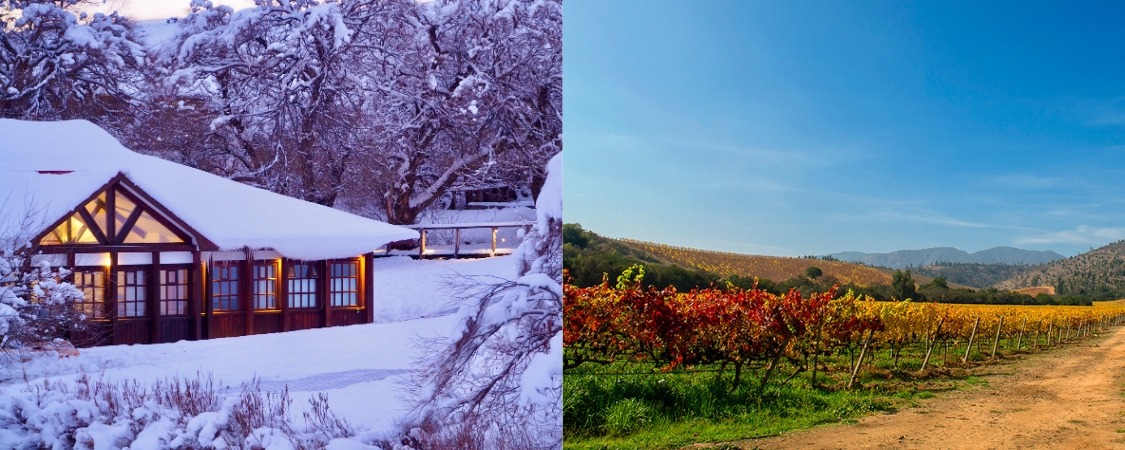Estancia Culture

Guardians of Tradition and Nature

The gauchos of Estancia Cerro Guido, rooted in the history of the region since the late 19th century, play an essential role in cattle management and livestock protection. Mounted on horseback and with trained dogs, they preserve the natural grasslands and promote coexistence between livestock and wildlife in this vast territory. Their work contributes to the conservation of the rich biodiversity that characterizes this area, strategically located as a biological corridor with Torres del Paine National Park. Exploring with the gauchos is a unique opportunity to experience the authenticity of Patagonia and its natural diversity.
See reel
Traditions
We cannot move forward without acknowledging the past. Therefore, at Estancia Cerro Guido we are proud of those who came before us and we carry out our activities with the objective of preserving the traditions that formed the Estancia that it is today.
There are iconic activities such as shearing, which besides being a part of the industry process, has become a celebration that has been maintained for decades. The protagonists change, however, the energy and essence of our traditions is maintained.

Traditions
We cannot move forward without acknowledging the past. Therefore, at Estancia Cerro Guido we are proud of those who came before us and we carry out our activities with the objective of preserving the traditions that formed the Estancia that it is today.
There are iconic activities such as shearing, which besides being a part of the industry process, has become a celebration that has been maintained for decades. The protagonists change, however, the energy and essence of our traditions is maintained.
Heritage

Estancia Cerro Guido is located in houses of unparalleled heritage value. These buildings date back to the beginning of the 20th century, when the sheep farming industry was at its peak. That is to say, they are buildings that fulfilled fundamental functions for the activity, such as the shearing shed, that is still in operation today.
Thus, Estancia Cerro Guido keeps the same essence and identity, trying to preserve its most important buildings, as well as the cattle raising activity that has been the main reason why the Estancia is still standing.


Restorations
Our commitment to our history does not end with the implementation of the first buildings of Estancia Cerro Guido or keeping the traditions that are part of our essence and identity.
At Estancia Cerro Guido, we value the legacy of those who built and inhabited the place where we are today. The passing of the years deteriorates the integrity of these places, so we are committed to their restoration, also preserving, and honoring the spirit of those who founded our home.

Restorations
Our commitment to our history does not end with the implementation of the first buildings of Estancia Cerro Guido or keeping the traditions that are part of our essence and identity.
At Estancia Cerro Guido, we value the legacy of those who built and inhabited the place where we are today. The passing of the years deteriorates the integrity of these places, so we are committed to their restoration, also preserving, and honoring the spirit of those who founded our home.
Living Estancia

Estancia Cerro Guido was founded at the beginning of the 20th century and in these more than 100 years, along with technological advances, our lifestyle has changed. There is better communications, better road conditions and, above all, a better quality of life.
However, this does not mean that we have lost our essence. The ranching life maintains its identity and in our Estancia the ranching culture endures, preserving such important practices for our community as shearing, dog training and all the work involved in living here.

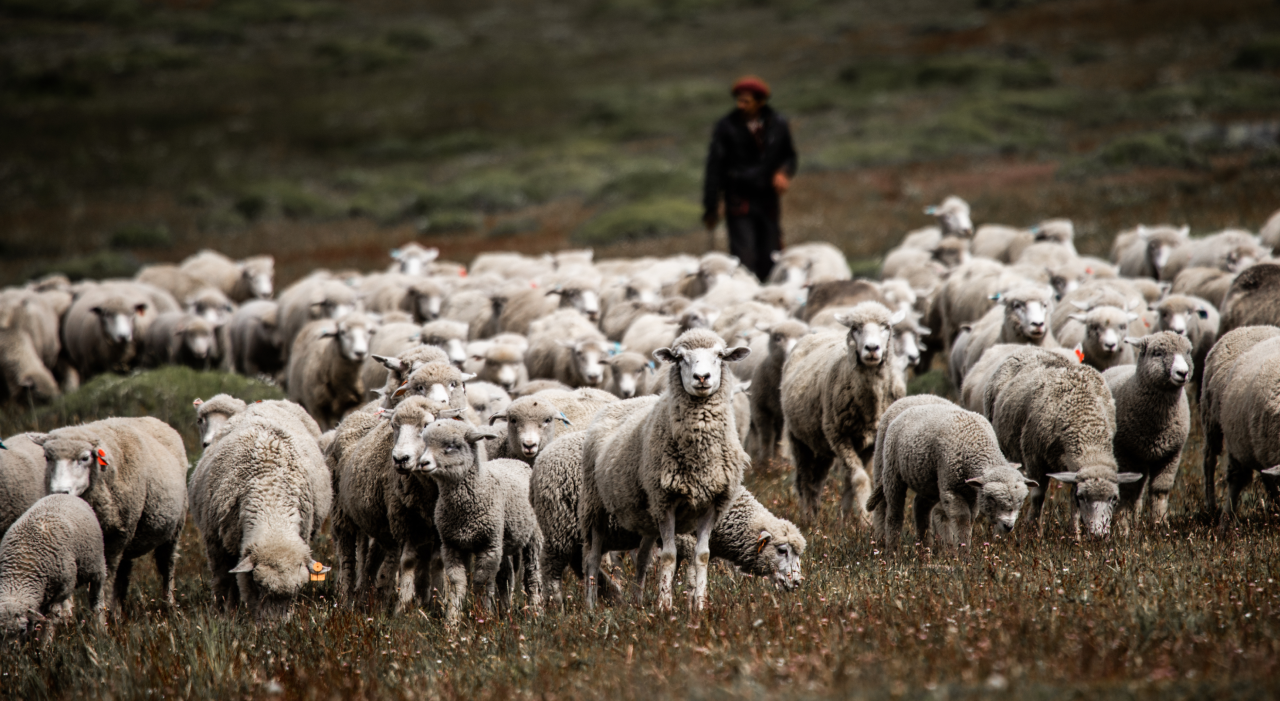
Cattle Estancia
Sheep farming was introduced in the mid-19th century with the first shipment of sheep from the Falkland Islands, which included a flock of about 300 sheep. From then on, the industry grew and today around 19,000 sheep are managed.
Times change and business is not what it used to be. Nevertheless, the cattle industry has not left our Estancia and continues to be the engine of life for many of the inhabitants of the region. In the same way, Estancia Cerro Guido will continue to strive to preserve the work that made possible the establishment of those who first inhabited these houses.

Cattle Estancia
Sheep farming was introduced in the mid-19th century with the first shipment of sheep from the Falkland Islands, which included a flock of about 300 sheep. From then on, the industry grew and today around 19,000 sheep are managed.
Times change and business is not what it used to be. Nevertheless, the cattle industry has not left our Estancia and continues to be the engine of life for many of the inhabitants of the region. In the same way, Estancia Cerro Guido will continue to strive to preserve the work that made possible the establishment of those who first inhabited these houses.
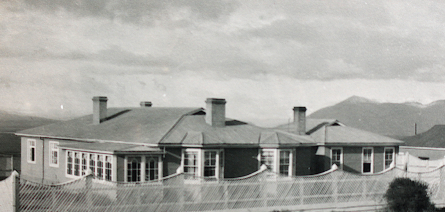
Learn about the history of Estancia Cerro Guido
Explore the rich history of Estancia Cerro Guido through a timeline that covers from its founding in the 19th century to its transformation into the largest Estancia in the region. Discover how we have preserved our cultural heritage and improved the grasslands to promote coexistence between livestock and wildlife.
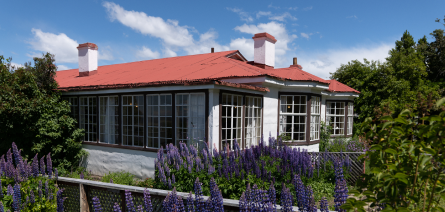
Explore Estancia Cerro Guido
We invite you to explore Estancia Cerro Guido and discover all its charms. Our interactive map will guide you through the most outstanding locations, revealing the secrets of this vast Patagonian land. From winter season to summer, each season in Cerro Guido offers unique experiences and unforgettable moments.
